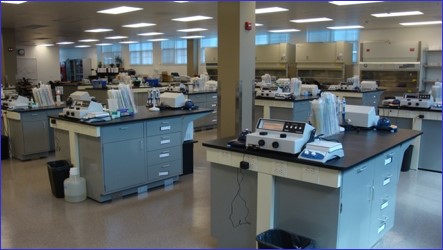Maintaining the stability and solubility of target proteins before, during and after purification is one of the biggest challenges researchers often run into. Proteins are extremely sensitive to solution conditions (i.e., pH and conductivity) and temperature. They also tend to aggregate at high concentrations required for structural studies. This can be a serious problem since protein aggregation can cause artifacts and hamper the biological activity of the target protein.
The Protein Man

Recent Posts
Tips for Preventing Protein Aggregation & Loss of Protein Solubility
Topics: Protein Extraction
Congratulations, your hard work and the powers that be have allowed you to start a biotech program and set up your very own biotechnology teaching lab. Where do you even begin?
Topics: Teaching Biotechnology
How do you break open bacterial cells in the lab? While the enzyme lysozyme is mainly responsible for lysing bacterial cells in nature, you can achieve the same effect by using particular enzymes, detergents, and chaotropic agents, and/or certain mechanical methods (e.g., sonication, repeated freezing and thawing, filtration, etc.).
Topics: Protein Extraction
Biotechnology is one of the fastest growing industries and offers healthy starting salaries. Now is the time to educate students in biotechnology and the skills needed to pursue a career in this fast-growing field.
Topics: Teaching Biotechnology

.jpg?width=788&name=Protein%20Structure%20(8).jpg)





